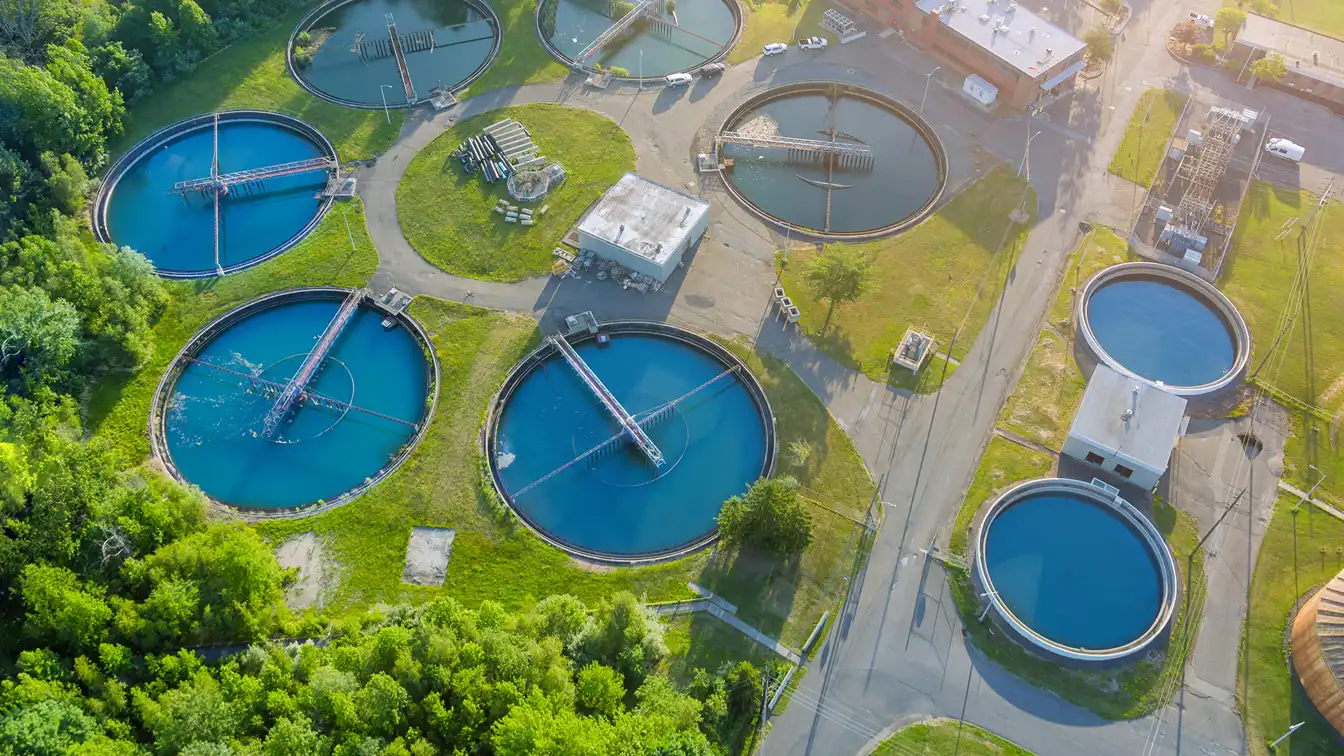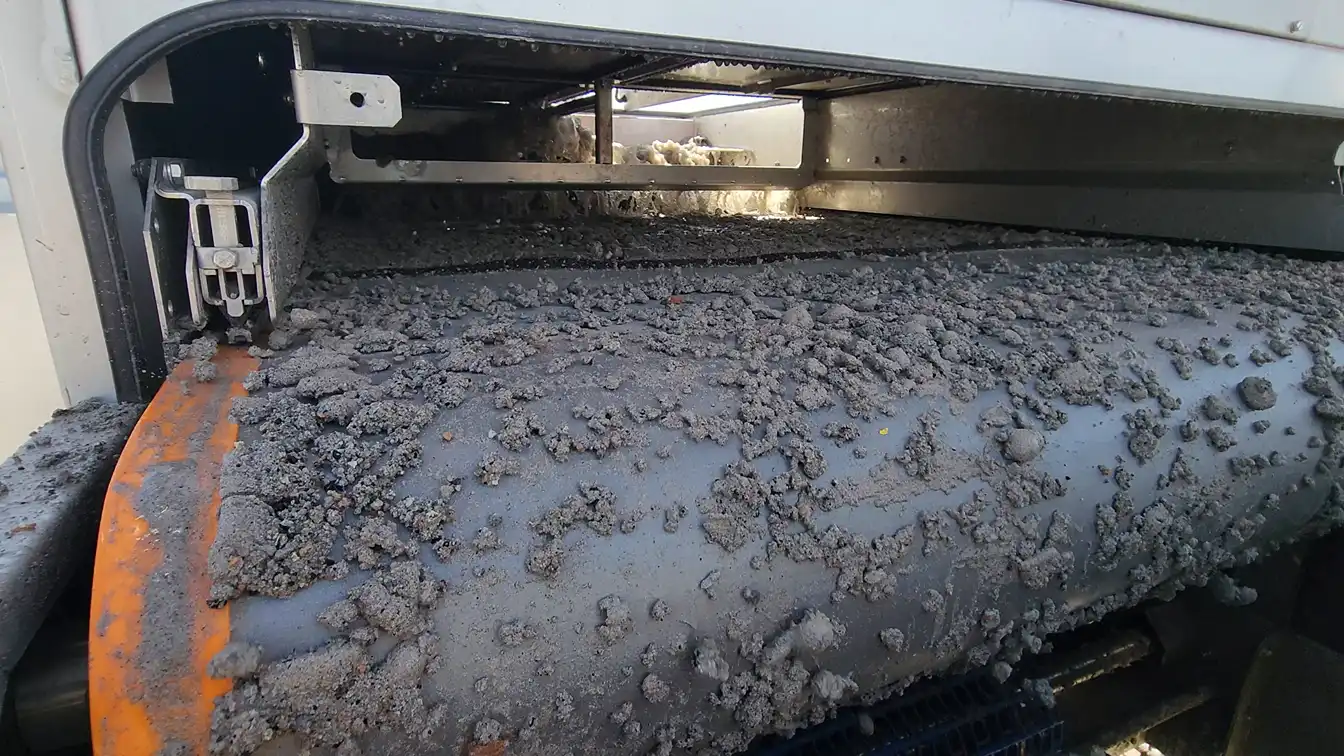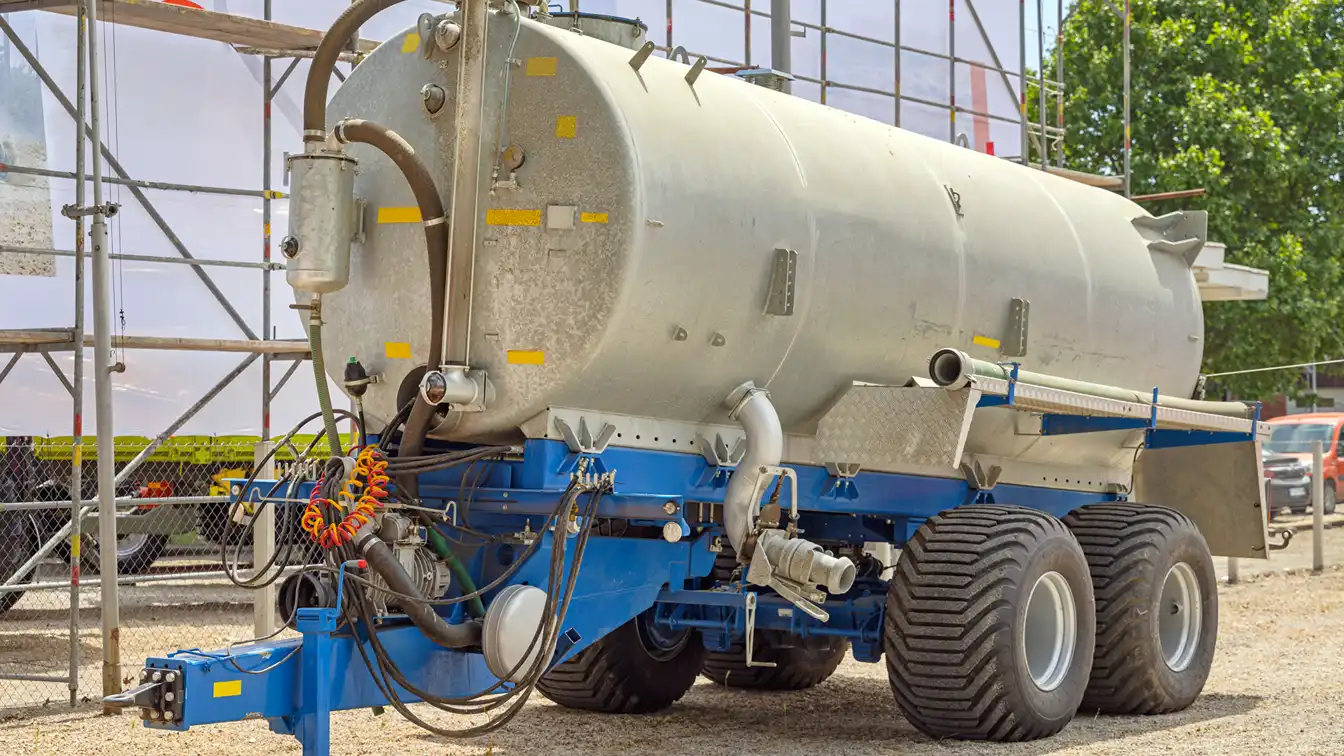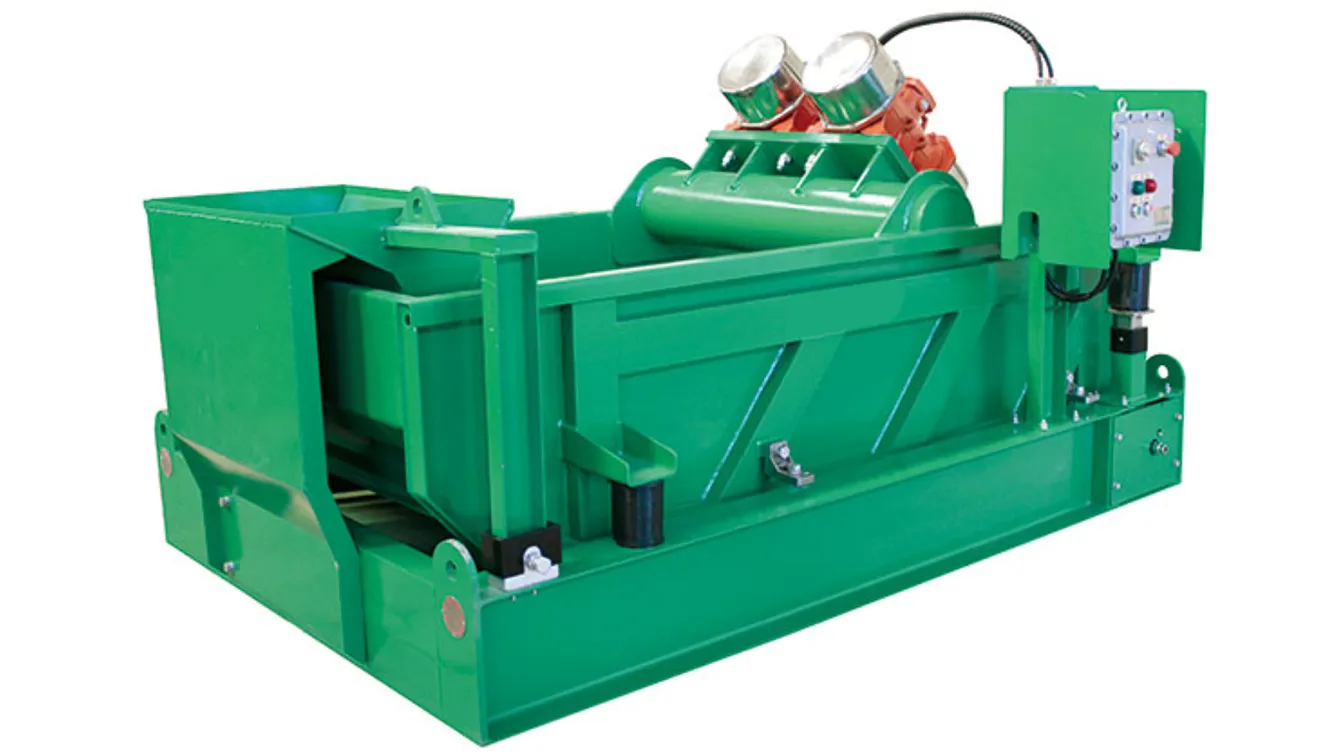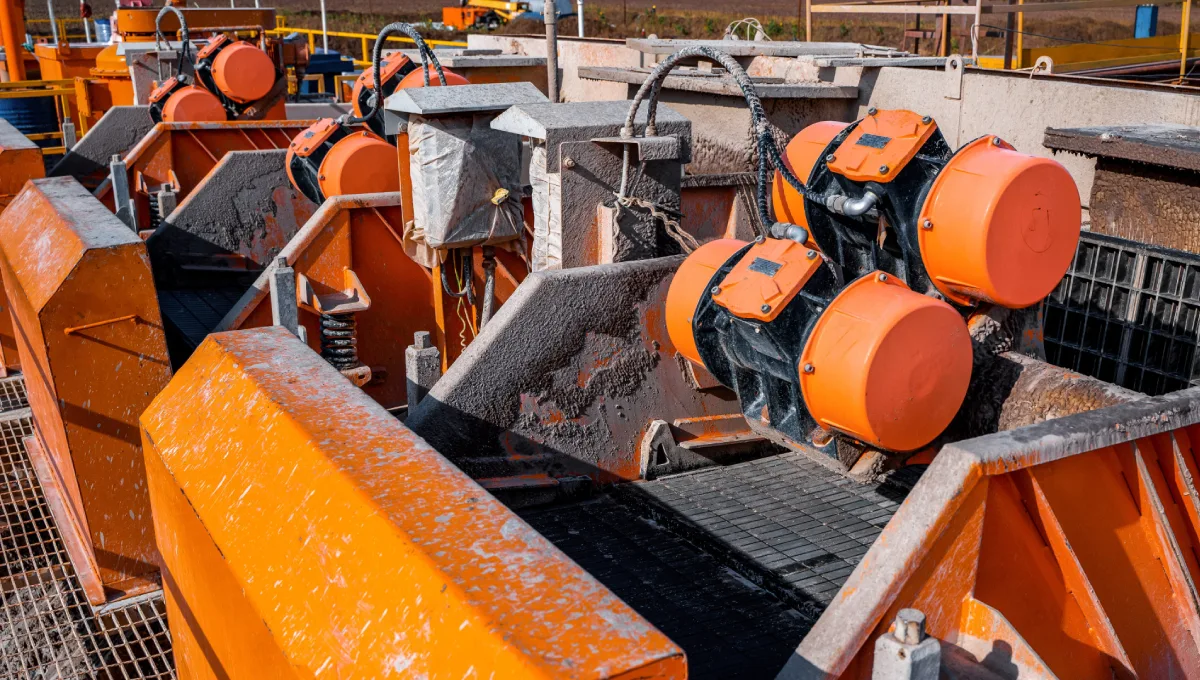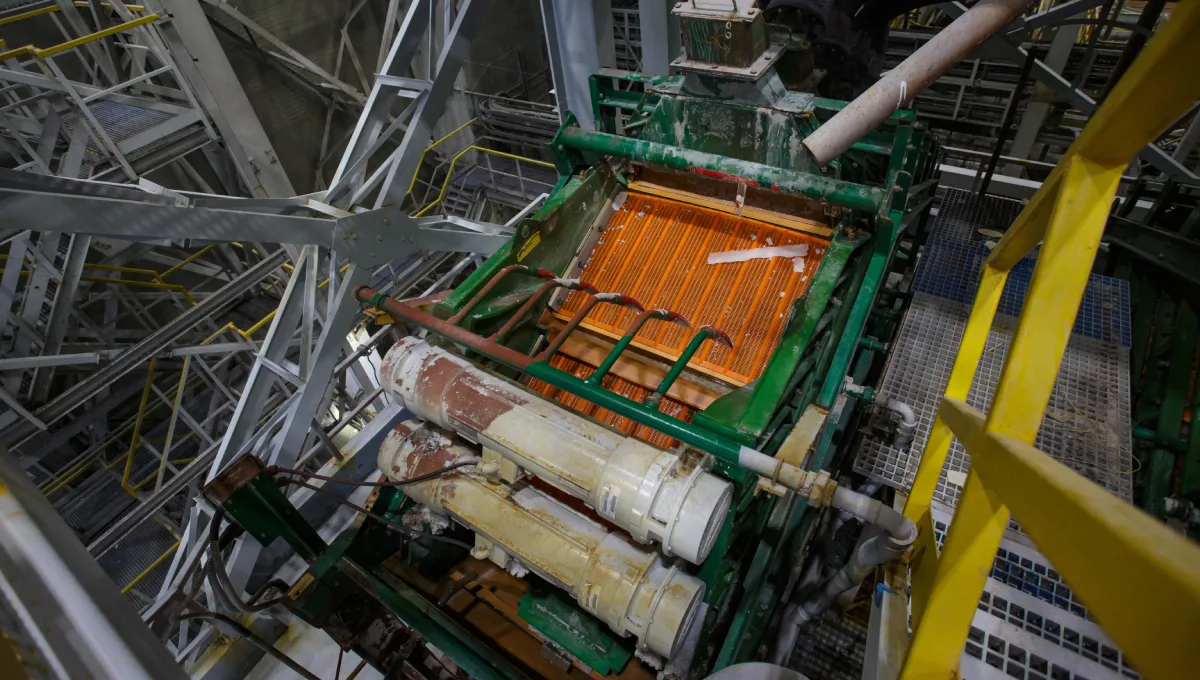Slurry separation is a critical process in various industrial applications. It involves separating solid materials from liquids, which is essential for operations such as mining, construction, and wastewater treatment. Understanding the main components of a slurry separation system is fundamental to enhancing efficiency and operational reliability. This guide provides a comprehensive overview of the key elements of slurry separation, emphasizing their roles and integration within the system.
Understanding the Core Components of Slurry Separation Systems
The efficacy of slurry separation systems hinges on the seamless operation of each core component. These systems are integral to industries where separating solid particles from fluids is crucial, such as mining, wastewater treatment, and construction. Understanding each component optimizes the separation process and enhances overall operational efficiency. Let’s explore these components in greater detail.
Overview of Slurry Separation Systems
Slurry separation systems combine mechanical and sometimes chemical processes designed to segregate solids from liquids. The typical system includes pumps, separators, and tanks, each fulfilling a specific role within the collective operation. The primary objectives are to maximize the removal of solids, recover valuable materials, and recycle the liquid effluent for environmental compliance or reuse.
Detailed Component Analysis
Pumps
Pumps are the lifelines of slurry separation systems and are responsible for moving the slurry through the system. They must be robust enough to handle abrasive and dense mixtures without excessive wear or damage. The choice of pump in a slurry system is critical and depends on several slurry characteristics:
Centrifugal Pumps are commonly used due to their ability to handle large volumes and relatively low cost. They work by imparting velocity to the slurry through a rotating impeller and converting this velocity into flow. Ideal for slurries with low to medium solid content, centrifugal pumps are less effective with highly viscous slurries or those containing large, solid particles.
Positive Displacement Pumps: These pumps move a fixed amount of slurry through the displacement of a rotor, piston, or other elements. They are particularly effective for moving viscous slurries or those with high solid content. Their precise flow rate control suits them for applications requiring consistent and measurable slurry volumes.
Separators
The heart of any slurry separation system is its ability to separate solids from liquids efficiently. The technology chosen depends on the specific requirements of the process, such as the size of the solids, the degree of separation required, and the volume of slurry to be processed:
Centrifuges: Utilize centrifugal force to accelerate the settling rate of particles. Highly effective for fine particles, centrifuges can quickly achieve a high degree of separation but typically require more maintenance and higher energy consumption.
Filter Presses: They are used for batch separation processes. They squeeze slurry between high-pressure plates, forcing out the liquid and leaving a solid cake. They are highly effective for producing dry solid waste and are commonly used in water treatment and mining.
Hydrocyclones: These are cone-shaped devices that use centrifugal force to separate solids from liquids without moving parts. The slurry is injected into the hydrocyclone at high speed, causing the solids to be thrust outward to the cone’s wall and then drop down to the underflow while the cleaner water exits from the top.
Tanks
Tanks in slurry separation systems serve various functions, each designed to facilitate a specific part of the separation process:
Settling Tanks: These tanks allow solids to settle out of the slurry by gravity, which is then collected at the bottom of the tank. The efficiency of settling tanks can be enhanced by adding chemical flocculants that help clump smaller particles together to settle more quickly.
Mixing Tanks: These are used to prepare the slurry before it enters the separation system. These tanks ensure that the slurry is homogeneous, with solids evenly distributed throughout the liquid. This is critical for the consistent performance of pumps and separators.
By understanding the roles and interplay of these components within slurry separation equipment, operators can optimize their processes to achieve higher efficiency, better product quality, and lower operational costs. Each component must be selected and maintained considering the slurry’s properties and the system’s operational demands.
Spotlight on Mobile Slurry Separators
Mobile slurry separators are versatile and vital in modern industrial applications where flexibility and efficiency are paramount. These mobile units are designed to be easily transported and quickly set up, making them ideal for temporary projects or situations where fixed installation separators are impractical. Here’s an in-depth look at mobile slurry separators, highlighting their advantages and specific applications.
Definition and Advantages of Mobile Slurry Separators
Mobile slurry separators are compact, portable systems that separate solids from liquids. They can be moved to and from different sites relatively quickly and are typically mounted on trailers or skids. This mobility provides significant advantages:
Flexibility: Mobile separators can be transported to remote or temporary sites where a permanent installation is not feasible. This is particularly beneficial in industries like mining and construction, where operations may shift frequently.
Reduced Setup Time: These systems are designed for quick deployment, often requiring minimal assembly upon arrival. This rapid setup allows operations to commence sooner, reducing downtime and increasing productivity.
Cost-Effectiveness: By moving the separator to where it’s needed, companies can reduce the costs of transporting slurry to a distant processing facility. Additionally, the ability to use the same equipment across multiple sites maximizes the investment in the machinery.
Situations Where Mobile Slurry Separators Are More Effective
Mobile slurry separators are particularly effective in several scenarios:
Construction Sites: In urban development or road construction, where water and mud management is crucial, mobile separators can quickly process excavated slurry, allowing for water reuse and proper solids disposal.
Mining Operations: Mobile slurry separators can follow the excavation equipment, especially in placer mining or other operations where the mining site is temporary or changes locations. This provides immediate separation and reduces the environmental impact.
Disaster Recovery: Following floods or other natural disasters, mobile separators can be deployed rapidly to manage sediment and debris-laden waters, aiding in clean-up and recovery efforts.
Technological Advancements in Mobile Slurry Separation Equipment
Technological advancements have significantly enhanced the efficiency and capabilities of mobile slurry separators:
Automation: Modern mobile separators often include automated processes that enhance precision and reduce the need for constant human oversight. Automation includes real-time monitoring and adjustments to operating parameters based on the input slurry characteristics.
Improved Material Handling: Advances in materials science have led to the development of components that are more resistant to abrasion and corrosion, which is critical in handling aggressive slurries. This prolongs the service life of the equipment and reduces maintenance needs.
Energy Efficiency: New designs and technologies have focused on reducing the energy consumption of mobile slurry separators, making them more sustainable and cost-effective to operate.
Mobile slurry separators represent a critical innovation in slurry separation, offering flexibility, cost savings, and operational efficiency. Their ability to adapt to various industrial situations and the ongoing technological improvements continue to make them a valuable asset for companies with slurry management.
Integrating Components into a Cohesive System
Creating an efficient slurry separation system involves more than choosing the best individual components; it requires integrating these components into a cohesive, well-functioning whole. This integration is critical to optimizing the performance of the slurry separation process, reducing operational issues, and ensuring the system’s durability. Let’s explore the key considerations and strategies for integrating pumps, separators, and tanks into effective slurry separation equipment.
System Design Considerations
The design of slurry separation equipment must take into account several factors that influence its overall performance:
Flow Dynamics: Understanding the slurry’s flow characteristics is crucial. The system must accommodate the slurry’s viscosity, particle size distribution, and abrasive qualities. Pumps and piping should be selected and arranged to maintain a consistent flow rate and minimize wear and tear from abrasive particles.
Component Compatibility: Each component should be compatible with others regarding capacity, throughput, and operational parameters. For instance, the pump’s flow rate must match the separator’s processing capacity to avoid bottlenecks or inefficiencies.
Spatial Layout: The physical layout of the system should promote easy maintenance and efficient flow transitions between components. This includes strategic placement of pumps, pipes, separators, and tanks to minimize distance and bends in piping, which can reduce pressure and flow efficiency.
Enhancing Efficiency and Reducing Downtime
To maximize the efficiency of a slurry separation system and minimize downtime, several strategies can be implemented:
Redundancy and Backup Systems: Incorporating redundancy, such as additional pumps or separators, can ensure continued operation during maintenance or if one part of the system fails. This is particularly important in continuous operation industries like mining and wastewater treatment.
Automated Controls: Advanced control systems can dynamically adjust the operation of pumps and separators based on real-time data from sensors monitoring flow rates, pressure, and slurry composition. This automation helps maintain optimal conditions throughout the system, reducing manual adjustments and potential human error.
Preventive Maintenance Schedules: Regular maintenance based on the specific needs of each component prevents unexpected breakdowns and prolongs the system’s life. Maintenance schedules should be tailored to the system’s operational demands and environmental conditions.
System Integration Challenges
While integrating these components, several challenges may arise:
Chemical Compatibility: Different components must be made of materials that can withstand the chemical properties of the slurry. Incompatibility can lead to rapid degradation of parts, contamination of the slurry, or catastrophic system failures.
Scalability: As operational needs grow, the system should be scalable. Adding capacity or upgrading components should be feasible without requiring a complete system overhaul.
Environmental Considerations: Systems must be designed to minimize environmental impact, including managing leaks or spills, noise reduction, and energy consumption.
By carefully considering these integration aspects, operators can ensure that their slurry separation equipment functions efficiently adapt to changing operational requirements and last longer. Effective integration is critical to unlocking the technology’s full potential and achieving superior separation performance.
Innovations in Component Design and Functionality
Technological advancements, industry demands, and environmental considerations drive the continuous evolution in the design and functionality of slurry separation components. These innovations enhance the performance and efficiency of slurry separation equipment and address the challenges of durability, maintenance, and operational flexibility. Let’s explore recent advancements in the design and functionality of crucial slurry separation components.
Materials Technology
Advancements in materials technology have significantly impacted the durability and efficiency of slurry separation components. These innovations include:
Wear-resistant Materials: Components like pumps and separators that regularly contact abrasive slurries are now often made from materials specifically engineered to resist wear and corrosion. For example, using ceramic, high-chrome alloys, and polymer composites in pump impellers and separator linings extends their lifespan and reduces maintenance needs.
Corrosion-resistant Coatings: Advanced coatings and treatment processes, such as thermal spraying and rubber lining, protect metal parts from corrosive fluids. These coatings enhance the components’ chemical resistance, making them suitable for harsh industrial environments.
Automation and Control Systems
The integration of automation technologies into slurry separation equipment has revolutionized their operation, leading to higher precision and efficiency:
Sensor Technology: Modern slurry systems are equipped with sensors that provide real-time data on various parameters such as pressure, temperature, flow rate, and slurry density. This data is crucial for the automated control systems to adjust operational parameters, optimize the separation process, and reduce manual intervention.
Remote Monitoring and Control: With the advent of IoT (Internet of Things), many slurry separation systems can now be monitored and controlled remotely. This capability allows for immediate adjustments to the system based on changing conditions minimizes downtime, and enhances safety by reducing human exposure to hazardous environments.
Energy Efficiency
Reducing slurry separation systems’ energy consumption is an economic and environmental priority. Innovations aimed at enhancing energy efficiency include:
Variable Frequency Drives (VFD): VFDs are increasingly used in pump and motor setups to control the speed of the equipment based on the process requirements. By adjusting the motor speed to the optimal level, VFDs reduce energy consumption and mechanical stress, improving efficiency and extending the equipment’s life.
Optimized Hydraulic Design: Advances in fluid dynamics have led to the development of pump and separator designs that maximize flow efficiency while minimizing energy usage. These designs reduce the energy lost to friction and turbulence, lowering the system’s overall energy demand.
Future Trends
Looking forward, several trends are likely to shape the future of component design in slurry separation systems:
Intelligent Systems: Enhanced with AI and machine learning, future slurry separation systems will predict maintenance needs and optimize operations based on predictive analytics. This will improve efficiency and prevent system failures before they occur.
Modular Design: Modular components that can be easily swapped or upgraded as needed are becoming more popular. This flexibility allows quick adaptations to changing process requirements without significant downtime or investment.
Environmental Sustainability: As environmental regulations become stricter, innovations in slurry separation technology will increasingly focus on reducing water usage, minimizing waste, and recycling process materials.
These ongoing innovations in component design and functionality are crucial for meeting the evolving demands of industries that rely on effective and efficient slurry separation systems. By embracing these advancements, operators can ensure their operations remain competitive, sustainable, and ready to meet future challenges.
Conclusion
Understanding the core components of slurry separation systems is essential for anyone involved in industries where solid-liquid separation is crucial. Planners and operators can significantly improve their operations’ efficiency and reliability by carefully considering each component’s role and how it integrates into the system. Staying updated with the latest equipment and practices will be vital to maintaining a competitive edge in slurry separation processes as technology advances.


